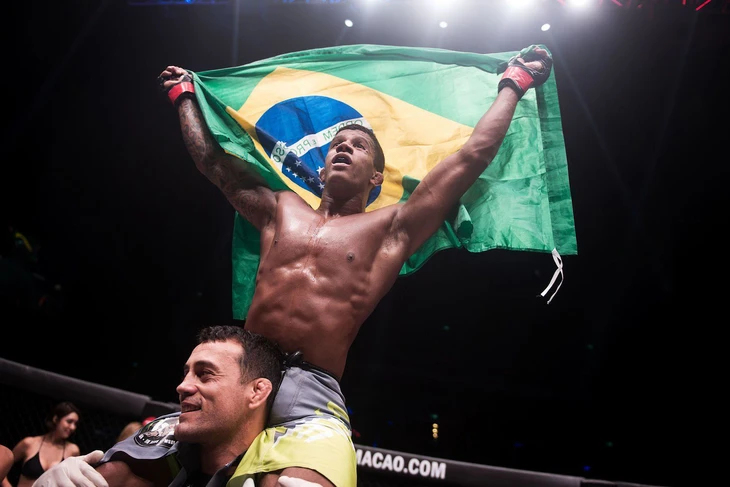
Adriano Moraes, one of the strongest fighters in ONE Championship history - Photo: ONE
In the global sports consciousness, mentioning Brazil means mentioning samba dance on the field, the cradle of legends like Pelé, Zico, Ronaldinho or Neymar.
However, few people expected that this South American country would be as successful in the boxing arena as it is in football.
There was a period when the UFC saw more than 20% of the world's top fighters coming from Brazil, an overwhelming proportion second only to the United States. If we count the number of MMA championship belts in the UFC, the Brazilians ranked second with 22 belts, far behind the Americans (72 belts), but completely superior to the third-ranked country, Russia (5 belts).
The question is: why are Brazilians so good at both soccer and martial arts?
Diverse genetic system, superior biological foundation
Unlike other monoethnic nations, Brazil is the result of a genetic mix of indigenous people, Europeans (especially Portuguese, Italians, Germans), Africans, and even Japanese.
This crossbreeding created a population with biological advantages: a strong physique, ideal musculoskeletal ratio, and a developed fast-twitch muscle system - a core element in sports that require speed and power such as football or martial arts.
A study published in the journal BMC Medical Genomics in 2025 found that in a survey of 8,800 Brazilians, up to 35% carried the ACTN3 RR genotype - known as the "speed gene", which helps develop fast muscles and quick reflexes.
On the other hand, 46% of these people have the RX genotype, which is also well adapted to high-intensity physical activities. This is an ideal biological condition for both football and boxing.
Additionally, a study published in ResearchGate in late 2023 on 23 genetic variants in Brazilian combat fighters showed a high presence of the GABPβ1 gene - a gene that regulates mitochondrial function and recovery after exercise. These variants are especially common in BJJ, Brazilian Muay Thai, and MMA fighters.
The “sports as an escape” culture
Unlike in rich countries, in Brazil - especially in the favelas - sport has long been the only escape from poverty and violence.
If football is the traditional path, then since the end of the 20th century, martial arts schools such as Gracie Barra, Chute Boxe, Nova União have opened their doors to young people for free or at low tuition. This is where the world's top boxers such as Anderson Silva, José Aldo, Charles Oliveira or Amanda Nunes grew up.
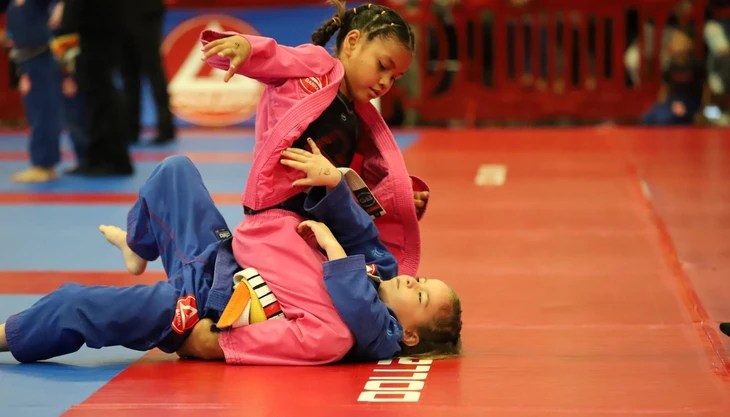
Brazil's famous Gracie Barra martial arts studio - Photo: GB
In addition, Brazil is also the cradle of capoeira - a dance-based martial art developed by African slaves to disguise their fighting intentions.
Although no longer a dominant discipline in the modern ring, capoeira has left a profound impact on the movement, reflexes and fighting rhythm of Brazilian fighters.
Many Brazilian children living in the favelas or rural areas are introduced to capoeira from a young age. Through this, they gradually develop a martial arts reflex system.
Physical - mental - environmental
Superior physique is a necessary, but not sufficient, condition for a country to produce many super fighters.
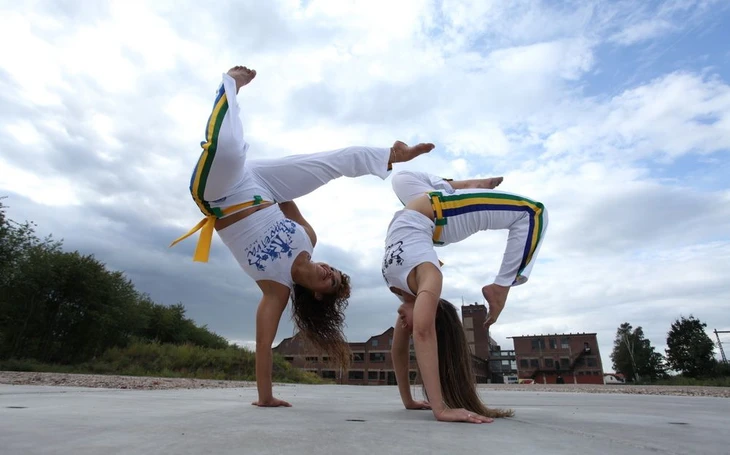
Capoeira - a martial art combined with dance that creates the resilience of Brazilian people - Photo: CNN
Fighting spirit, stamina and tactical reflexes are the deciding factors. According to research published in Frontiers in Psychology, Brazilian BJJ practitioners have significantly higher levels of “resilience” and “grit” than the average person.
They have the ability to control their emotions, cope with pressure and stay consistent in training - qualities that are essential in competitive play.
Additionally, according to a 2023 study from PubMed, Brazilian athletes show clear signs of genetic selection in a group of genes that regulate energy metabolism, making them better adapted to sports that require explosive endurance - a characteristic of combat martial arts.
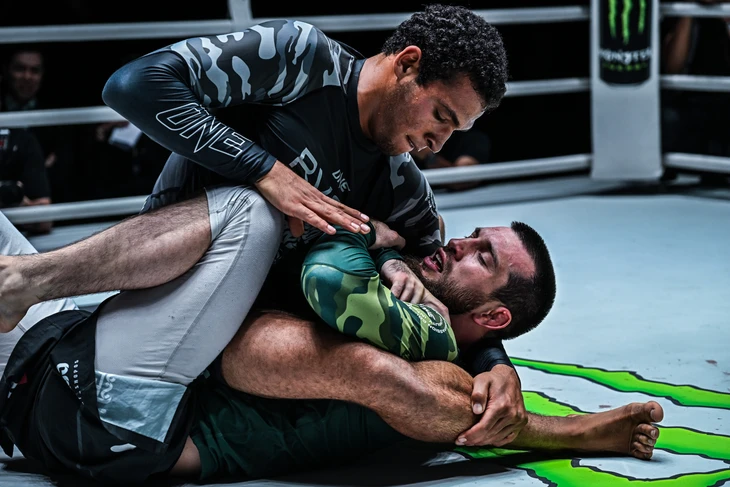
BJJ is one of the most popular skills in the MMA arena - Photo: UFC
They have the ability to maintain high performance over multiple rounds, recover quickly, and strike with maximum force when needed.
Brazil is not only home to famous fighters, but also the place that shaped the modern martial arts system. Brazilian jiu-jitsu (often abbreviated as BJJ), developed by the Gracie family from Japanese judo, has become the grappling foundation of the modern MMA world.
Traditional BJJ tournaments such as Vale Tudo from the 1920s were the precursors to today's UFC.
John Danaher - a famous Canadian coach who trained Georges St-Pierre and Gordon Ryan - once commented: "You cannot understand MMA without looking back at Brazil. They not only provide fighters, but also create a fighting ideology."
Nowadays, BJJ, along with wrestling, is considered one of the two indispensable fighting skills in the MMA system. Compared to the powerful kicks of taekwondo, the powerful punches of boxing, or the beautiful jumping postures of kungfu, the chokes, locks, and breaks of BJJ are truly the pinnacle of real combat.
Along with natural talent, BJJ explains the large presence of Brazilians in the UFC, ONE Championship or Bellator tournaments. According to UFC statistics in 2024, there are more than 80 Brazilian fighters competing at the professional level in this organization, the most after the US.
"Samba dance" therefore does not only exist on the football field. On the top stage, extremely flexible hip swings are the premise for the deadly capoeira dance, until extremely precise BJJ punches.
Some Brazilian players even actively practice martial arts to improve their physical strength and reflexes . João Gomes - a midfielder playing for Wolverhampton in England - has been learning BJJ since he was a child and affirmed: "BJJ taught me how to control my center of gravity, escape pressing, and especially not be afraid of collision."
Many famous Brazilian defenders and defensive midfielders are also said to be influenced by capoeira and BJJ in the way they turn, press and steal the ball.
Source: https://tuoitre.vn/nguoi-brazil-gioi-dau-vo-dai-chang-kem-da-bong-20250630194001182.htm


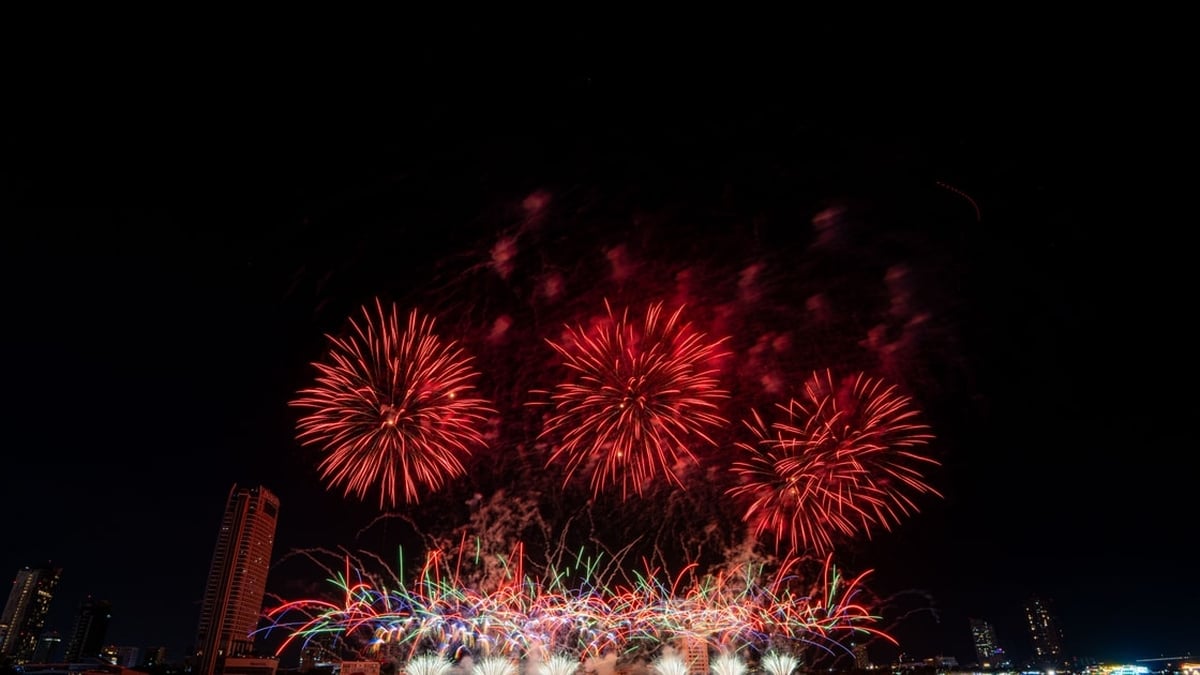
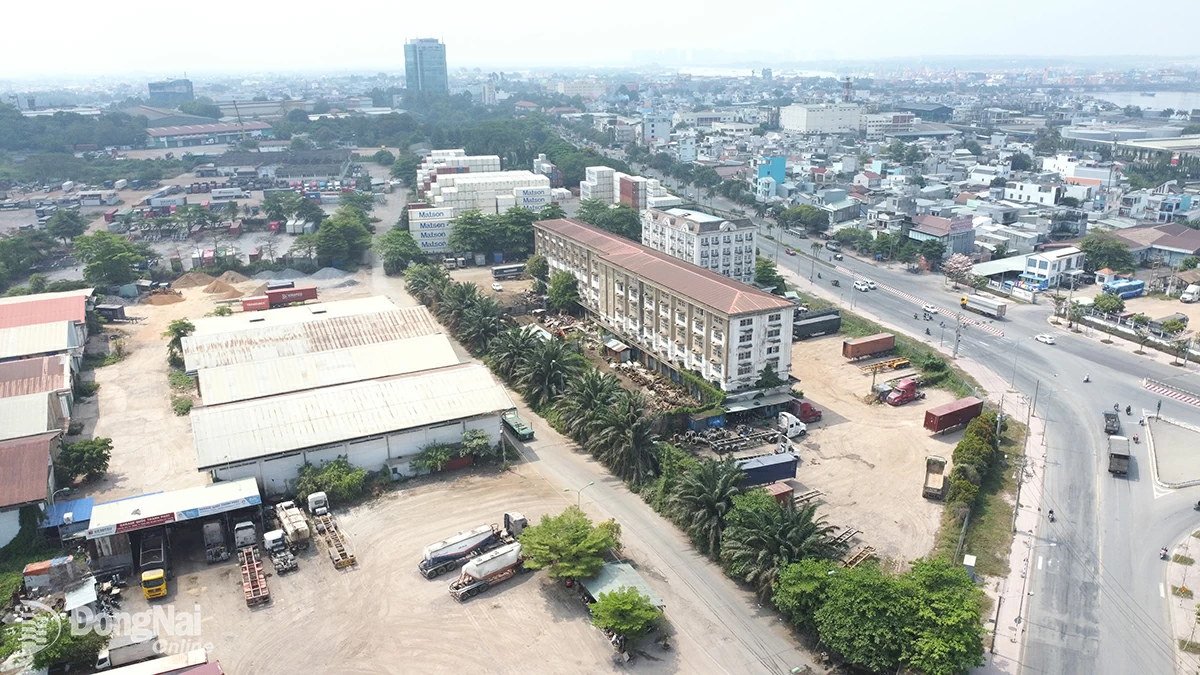


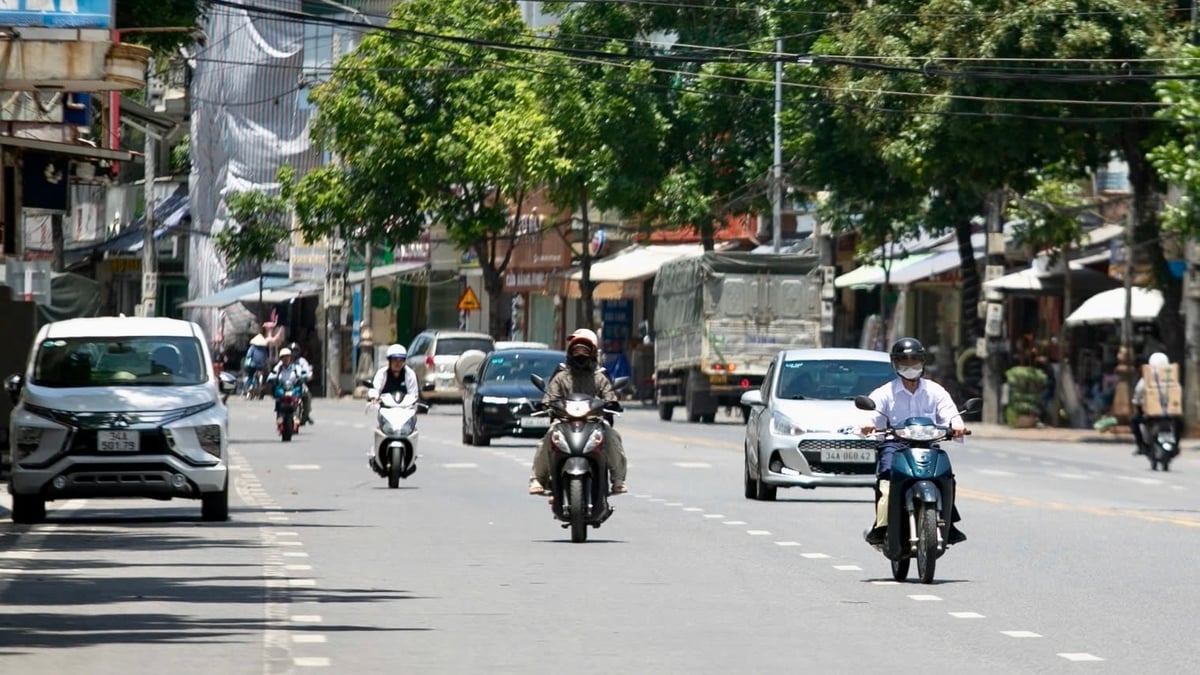

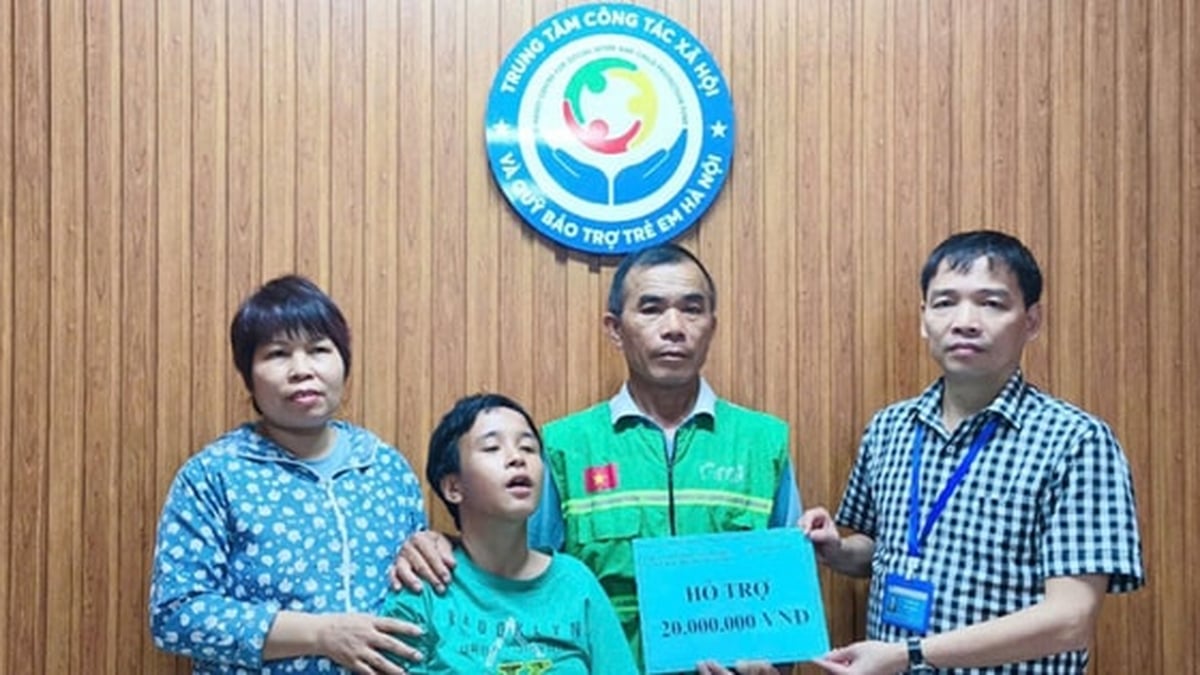

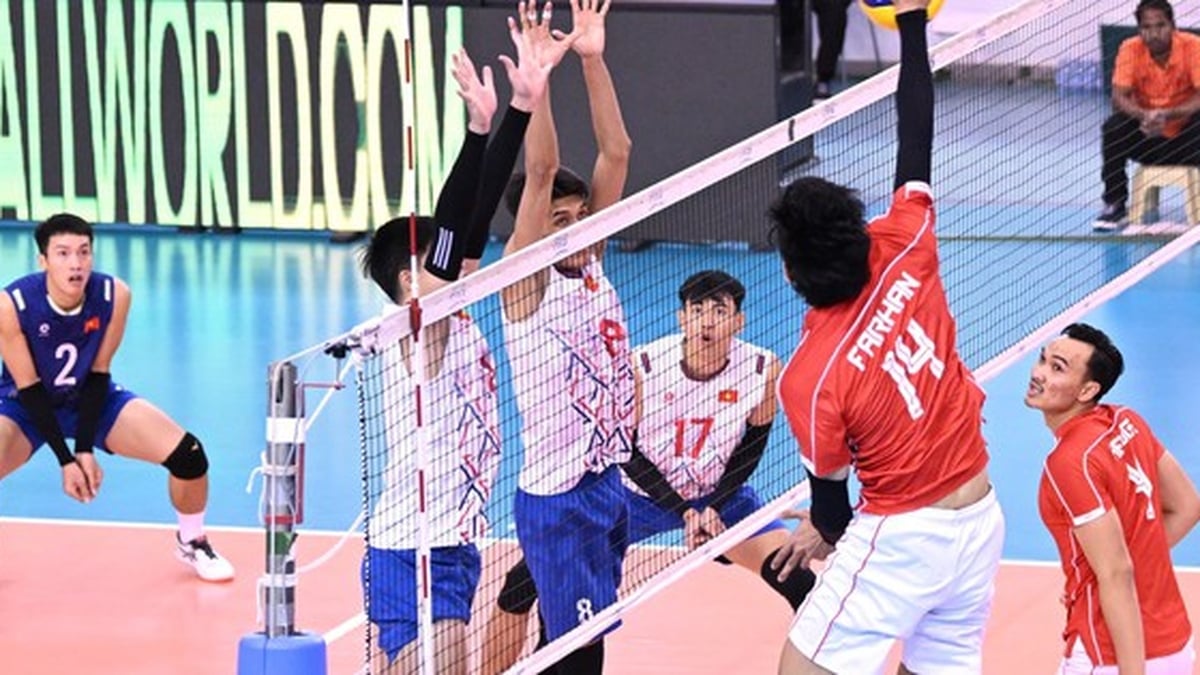




















































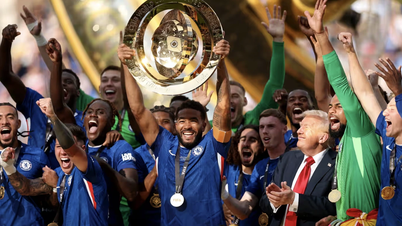






































Comment (0)